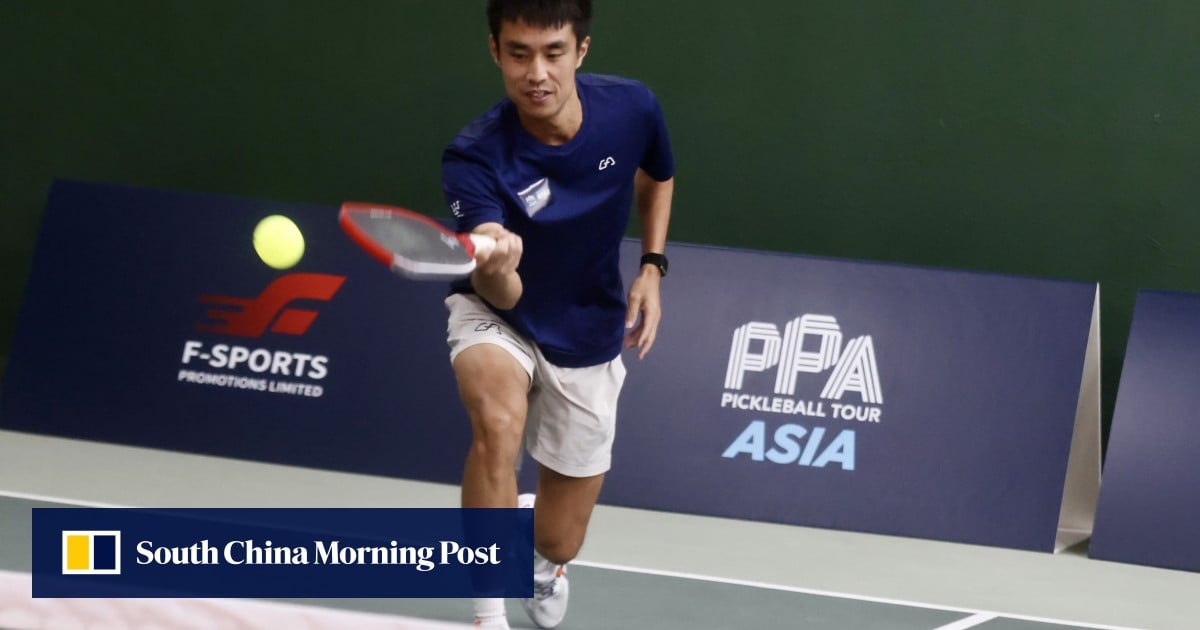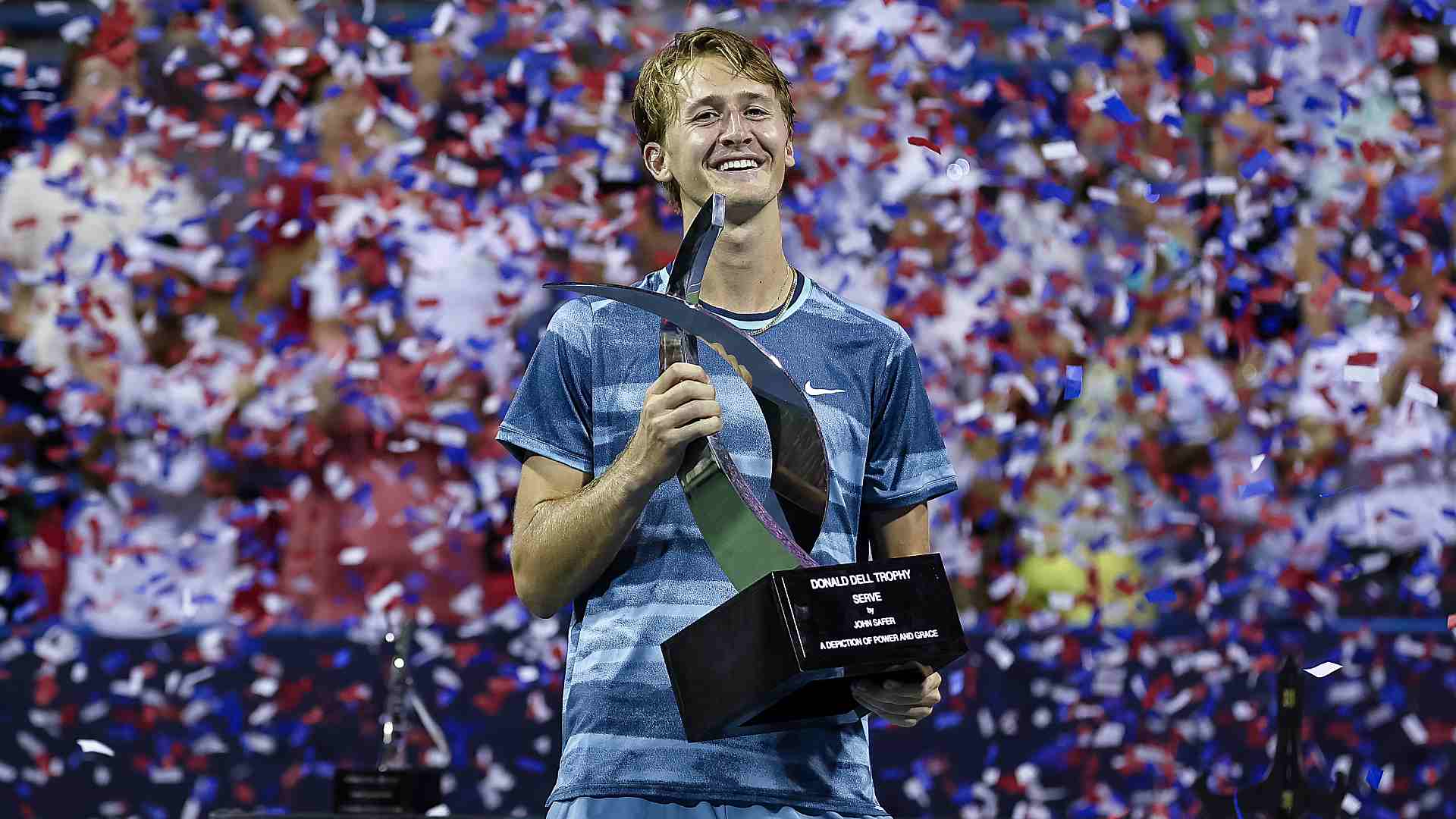SEE IT: Sharapova tests her mettle against 'wings of death' on 'Hot Ones'
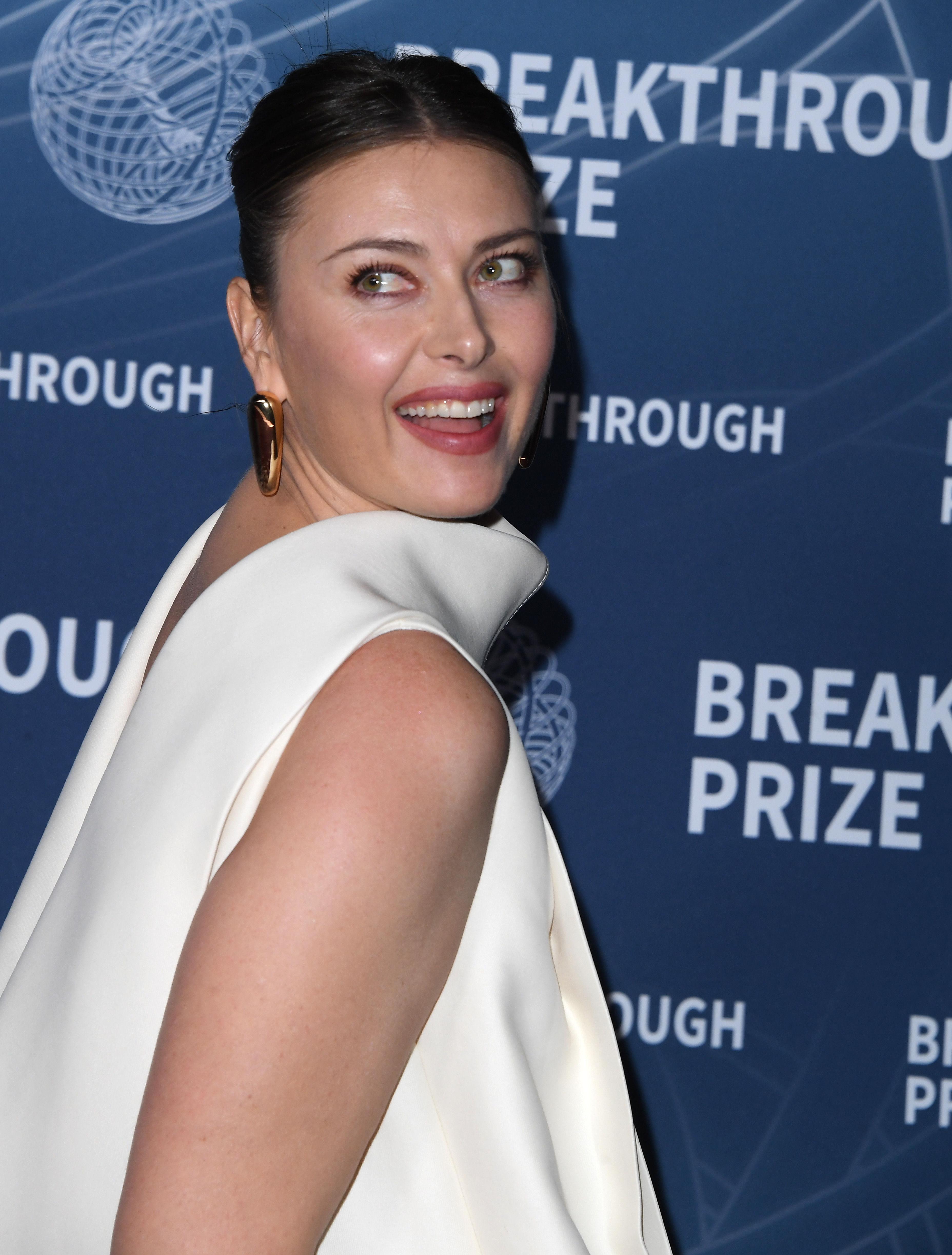
Five-time Grand Slam champion Maria Sharapova stared down the "wings of death" on the popular YouTube show 'Hot Ones' and answered a myriad of questions about tennis, her illustrious career, and more.Maria Sharapova never backed down from a challenge during her illustrious 19-year career. She battled, persevered, and willed her way to 36 singles titles, including five Grand Slams.But can she handle the so-called "wings of death?"That was the burning (pun intended) question on Hot Wings, the hugely popular YouTube show hosted by Sean Evans, in which guests get interviewed while chowing down on brutally hot wings that progressively get hotter and hotter as the episode rolls along.The two-time French Open champ joined Evans for a 20-minute sit-down and was delightful, answering honestly and showing off some impressive comedic chops and quick wit. She admitted right off the bat that she was pretty nervous, and Evans applied the pressure by pointing out that over the course of 24 seasons and nearly 300 episodes, they've never had an athlete tap out.The 38-year-old kept her composure fairly well — though you could start to see and feel the suffering — until the eighth wing, Da Bomb Beyond Insanity, which finally brought out the tears. Evans then threw some tennis slang at her, and asked her to explain the meaning of some unconventional terms. When asked if she'd rather partner with a cherry picker or a poacher in doubles, Sharapova hilariously responded, "What the f*** is a cherry picker?" (She was also mystified by the terms "can opener" and "pancake serve.")The good news about the severity of the eighth wing was that it successfully numbed her for the final two wings, which were the hottest, as she skated to the finish line with the assistance of a cold Stella Artois."This is pretty light," she said confidently as she munched on the vaunted Last Dab xPerience.Here are some other highlights and notable moments from the episode:On her favorite "trick shot" from her arsenal“I’m actually a pretty good left-hander. So on the run, instead of hitting a backhand, I’d hit a one-handed left-hand forehand, which surprised a lot of people and got me out of a lot of trouble. I think they were like, ‘What’s going on? Am I doing something different? Why am I hitting that shot?’ I did it on the run and ended up winning a few points."On the power of winning for your fans"One of the great things about the sport was I realized that when you walk on the court, you have the ability to change someone’s mood and perspective. They could be having a really bad day. And even if you’re having a really bad day on the court and you find a way to win, that inspiration for a young girl or boy is one of the reasons I played.”On finding her flow state“A lot of athletes describe the flow state as a moment where everything is going in your favor, that everything is smooth, that it’s deliberate. You don’t have to think of where the result is, or if it’s gonna go in or out. You just perform, and I think that comes down to mindset. You work so hard, extremely hard, every single day, to get to that moment of flow state.And to be honest, I’ve been in that state only a handful of times, and the fourth round of Wimbledon [in 2017] was definitely one of them. I came off the court and said, ‘I don’t know when I’m ever gonna feel like this, but this was fantastic.’"On the difficulty of being the runner-up during the trophy ceremony"Not enough people talk about that. It is one of the most challenging moments as an athlete, as a tennis player. Not many sports [does] the runner-up stay on court while the winner’s trophy — and check, by the way, but who’s counting the money? — gets presented and you are just left with a few tears and this little hot wing. It’s not pleasant.In some of those moments you get to know an individual’s personality. In moments of vulnerability, especially as an athlete, your character comes through of how you’re handling difficulty situations. Part of being on the podium as a runner-up ultimately sets you up for winning."On the struggle of eating super clean and healthy (read: bland) when she played"I think it was one of the reasons I retired. (Laugh) There was nothing like sitting in an empty player lounge, or an empty locker room, [and there's a] white plate covered in foil, and you're like, 'What's under here?' It's just white, steamed rice with a little bit of salt and some really dry chicken. And some carrots — steamed carrots. I think I'd rather have 10 really spicy wings than that meal ever again."On pickleball vs. tennis"I'm not much of a pickle player. If I had an hour in my day, I'd rather play tennis. I feel like it's a better workout — no offense to anyone — and it's just intellectually more interesting. But I understand the social aspect of pickleball."On the one match that means the most to her"Your first Grand Slam final is ultimately the most memorable one. In my career it came at a very young age. I was 17 years old. It was in London, at Wimbledon. The whole world was watching. I was playing against Serena Williams, and it felt like I should just be happy to be there, but I was so fearless. I loved the occasion. I loved everything about it. I loved the quiet moments, the English crowd. I loved the strawberries and cream before every match I had, even though I was not supposed to eat the cream. But it's always the memory that comes to mind because I least expected it to come then. I was so tough. I went for it."

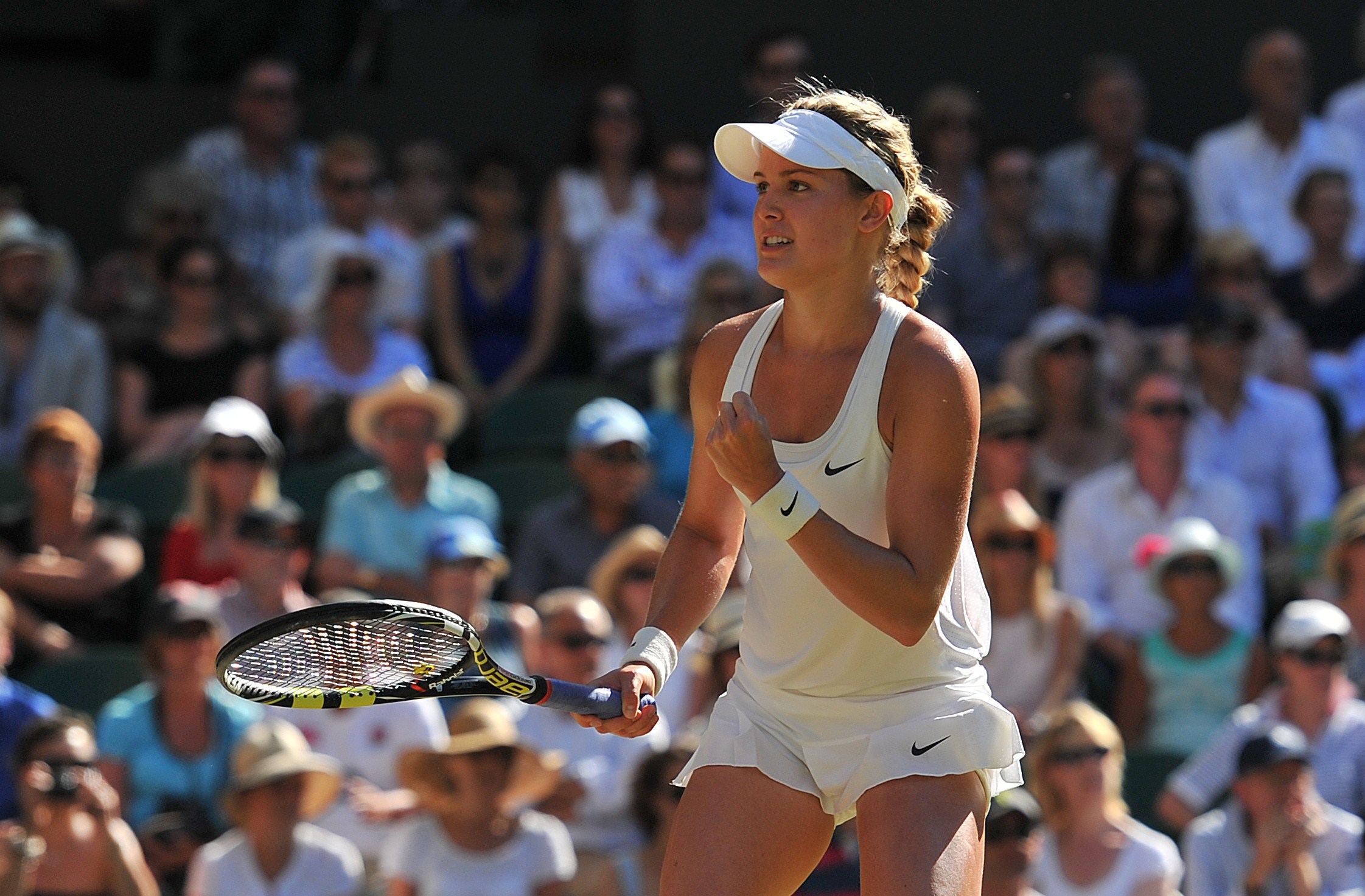
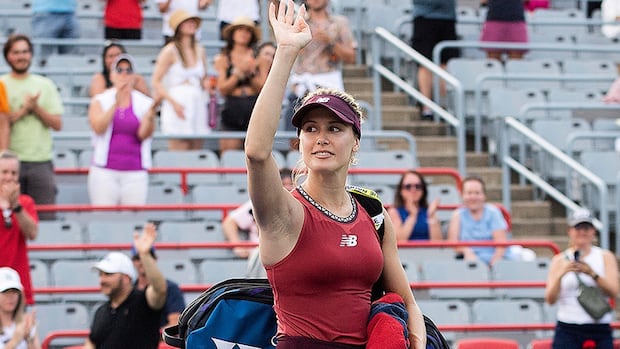
.jpg)

